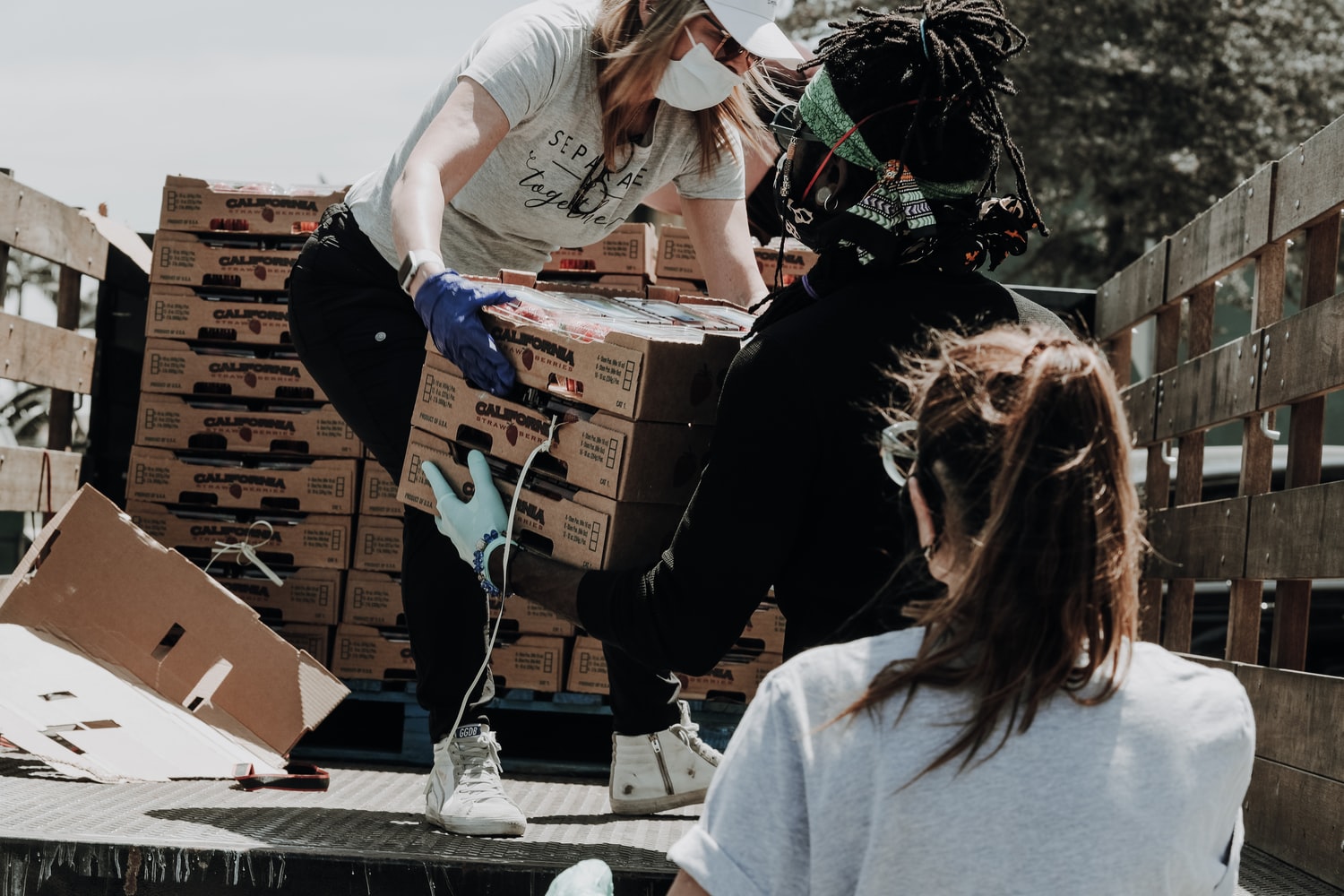

This Thanksgiving is definitely one of the weirdest in recent years. Not just because of a tumultuous election or shockingly warm weather, but because many people across the US will not be able to share turkey and stuffing with their loved ones. The COVID-19 pandemic has also increased the number of Americans who could go hungry over the holiday. Since the disease first hit our shores, there has been a 60 percent increase in people who depend on food pantries, and the number of hungry Americans reached 54 million in July, compared to 37 million pre-pandemic, according to nonprofit Feeding America.
If you choose to donate food this holiday season, things might look a little different than they usually do. Take a few minutes to learn how to safely donate food, time, and money as we approach Thanksgiving, Christmas, and the new year.
Donate, donate, donate—especially cash
There are a lot of ways to get food onto the plates of people who need it. In the past, you might’ve served hot dishes to people at soup kitchens or even found a way to share leftover food. But right now, it’s riskier than ever to come into contact with people, especially those who might be at risk. Luckily, there are still a handful of ways to donate to your local food pantry or charity.
You can always give shelf-stable goods that won’t go bad, but you can also help by donating money through a pantry’s website or through specific COVID-19 response funds that get portioned out to pantries across the country. Cash donations can go to a variety of causes, be it snagging food at cheaper-than-retail prices, working directly with farmers and stores to snatch up produce that may otherwise go to waste, or paying for gas to deliver food directly to those in need. The latter is essential right now as infection rates force more and more people to stay inside. So before you empty your local grocery store’s shelves of canned soup, consider donating that money directly.
Volunteer to deliver and pack groceries
One of the risky-but-necessary tasks you have to do during COVID-19 is going to the grocery store. Many places have a lot of safety measures in place like sanitizing and mask requirements, but that doesn’t necessarily mean there’s no risk of infection. One of the safest ways to get out there and help people access food is by assisting at a mobile pantry that brings pre-packaged boxes of food into underserved communities or by volunteering to deliver meals to high-risk people who cannot leave their homes. Pick-up pantries are another option—people drive up in their cars and volunteers walk food out to them so they avoid entering a crowded indoor space. If delivery isn’t your thing, food pantries across the country always need for people to pack boxes of food that will be brought to others.
In situations where there’s no option other than onsite distribution with the organization you’re hoping to volunteer with, the Centers for Disease Control and Prevention suggests that pantries should try to migrate outdoors and schedule clients to limit how many people are in the area at the same time. Choice pantries, which work like grocery stores, should take the same precautions with masks, staggered shifts, and sanitization.
Consider a virtual food drive
In-person food drives can make philanthropy extra-fun. After all, it’s hard to hate prizes, gathering with friends, and helping out the community all at the same time. But right now, gathering with all your favorite people in person is pretty much an absolute no-no. Feeding America suggests turning those competitive donation games virtual through an online fundraiser you can share with your family and friends, like Facebook Fundraiser. And while the prize of a pizza party might be out of the question for at least a few months, a surprise delivery to the winning household is still fun and pandemic-safe.
Even if you’re unable to donate a lot of time or money, you can still get involved without ever leaving the couch. That can include calling and thanking donors, emailing or writing letters to potential donors, or even administrative tasks if the organization is short on staff, Feeding America suggests. So no matter what your 2020 holiday looks like, you can still do your part to take care of the people outside your bubble.
